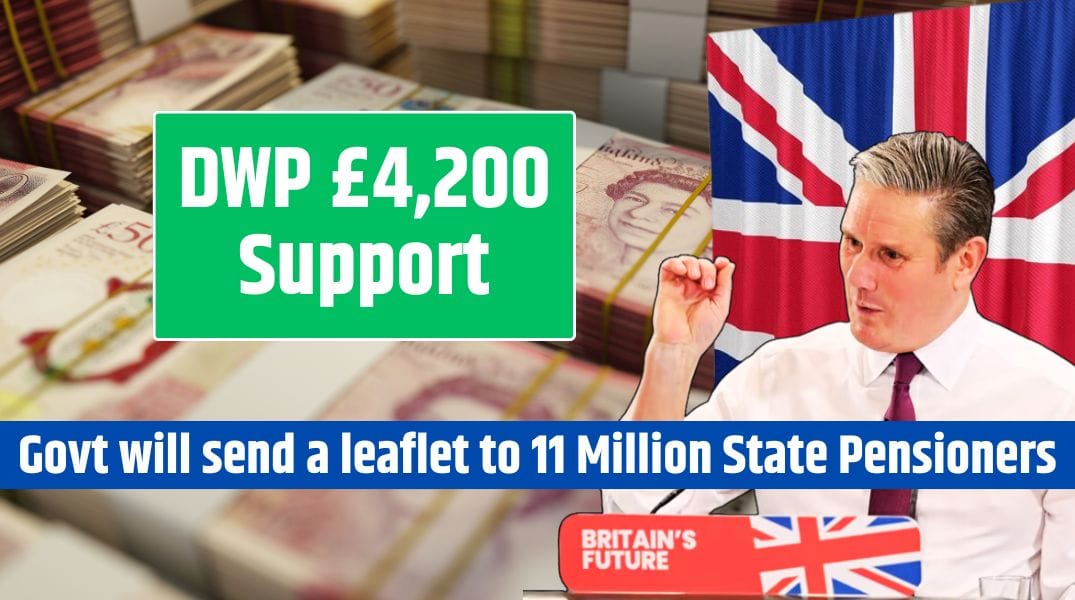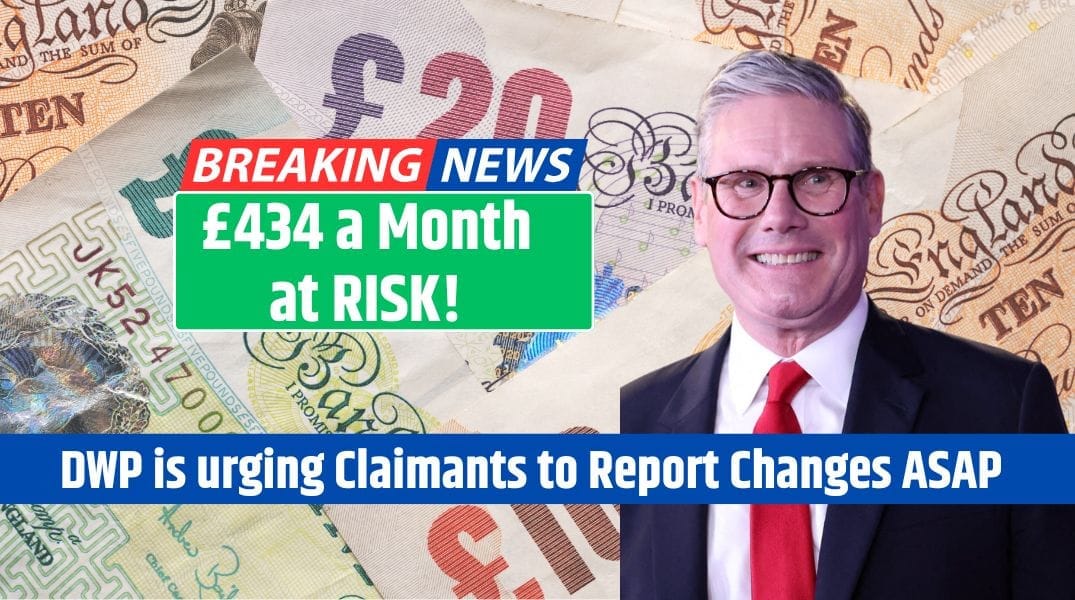The DWP Cost of Living Payments for 2025 provide essential financial support to millions of UK residents grappling with rising costs. Whether you’re dealing with higher bills, groceries, or rent, these payments aim to ease the burden for low-income families, pensioners, and vulnerable groups. Here’s a detailed guide to eligibility, payment amounts, and practical ways to use this relief effectively.
Details
| Topic | Information |
|---|---|
| Eligibility | Universal Credit, Income Support, Pension Credit, Child Tax Credit, Working Tax Credit |
| Payment Amounts | £301-£500 depending on benefits and circumstances. |
| Payment Dates | Phased payments starting Spring 2025. |
| Changes in 2025 | Updated income thresholds, extra payments for vulnerable groups, simplified process. |
| Resources | gov.uk: Cost of Living Payments |
Cost of Living Payments
Introduced in 2022, the Cost of Living Payments help low-income families and individuals manage rising expenses caused by inflation and energy costs. These payments are automatically issued to those receiving qualifying benefits, providing much-needed relief to cover essential expenses.
In 2025, the program continues with new features, including adjusted income thresholds and additional payments for vulnerable groups, ensuring broader accessibility and targeted relief.
Payments
Inflation has significantly increased household costs, with energy bills and grocery prices rising sharply in recent years. From 2021 to 2023, food prices rose by 19% in some categories, while energy bills doubled or tripled for many. For families living paycheck to paycheck, this financial cushion helps prevent further debt accumulation and provides stability.
Who Qualifies
To be eligible, you must receive one or more of the following benefits:
Qualifying Benefits:
- Universal Credit (UC)
- Income Support (IS)
- Pension Credit
- Income-based Jobseeker’s Allowance (JSA)
- Income-related Employment and Support Allowance (ESA)
- Child Tax Credit (if not on Universal Credit)
- Working Tax Credit (if not on Universal Credit)
- Housing Benefit (for low-income households)
Changes
- New Income Thresholds: Adjustments mean that small income increases may not disqualify you.
- Extra Payments for Vulnerable Groups: Carers, disability benefit recipients, and those with high energy needs could receive additional amounts.
- Simplified Process: Payments will be automatic if you already receive the qualifying benefits.
Amount
The payment amount varies based on your circumstances:
- Standard Payment: £301 for eligible claimants, typically issued in the first half of the year.
- Additional Payments: Vulnerable individuals, such as carers or those on disability benefits, may receive an extra £100-£500.
Payments will be deposited directly into the same bank account used for your benefits.
Payment Schedule
The government has announced a phased schedule for payments:
| Payment Phase | Expected Timeline |
|---|---|
| First Payment | Spring 2025 |
| Second Payment | Summer 2025 |
| Third Payment | Autumn 2025 |
No application is required. Payments will be processed automatically for qualifying recipients.
If You Don’t Qualify
If you’re not eligible for these payments, there are alternative support options to explore:
- Local Welfare Assistance: Councils offer emergency grants for food, heating, or urgent needs.
- Energy Bill Support: Programs like the Warm Home Discount provide up to £150 off energy bills.
- Debt Advice Services: Free help from Citizens Advice or StepChange can guide you on managing finances.
Case Study
Sarah, a single mother on Universal Credit, faces rising rent and grocery bills. Thanks to the £301 Cost of Living Payment in Spring 2025, she can cover her increased heating costs. Additionally, Sarah qualifies for a £150 vulnerable group payment, which further alleviates her financial strain.
With this support, Sarah can manage her household expenses more effectively without compromising on essentials.
Tips
- Prioritize Essentials: Focus on covering rent, utilities, and groceries first.
- Budget Wisely: Create a spending plan to ensure the payment lasts longer.
- Save for Emergencies: Reserve a portion for unexpected expenses, such as car repairs.
- Seek Discounts: Look for low-income programs from supermarkets and utility providers to maximize savings.
These strategies can help you make the most of your Cost of Living Payment, ensuring it provides meaningful relief.
FAQs
Who qualifies for the 2025 Cost of Living Payments?
Anyone receiving eligible benefits like Universal Credit or Pension Credit.
When will the payments be made?
Payments are scheduled for Spring, Summer, and Autumn 2025.
Do I need to apply for the payments?
No, payments are automatic for qualifying benefit recipients.
What if I’m not eligible for the payments?
You can look into options like local welfare grants or energy bill discounts.
How much can I expect to receive?
Payments range from £301 to £500, depending on your circumstances.

















